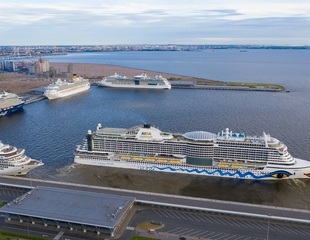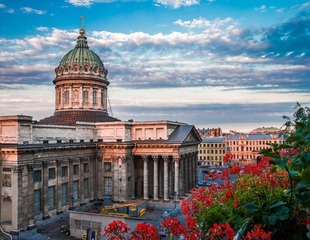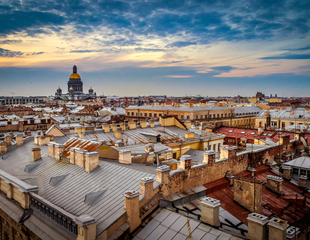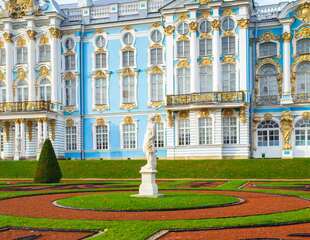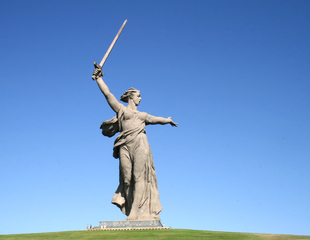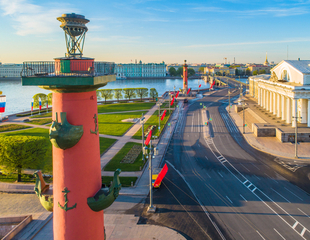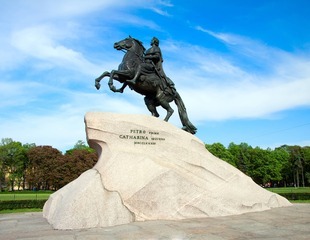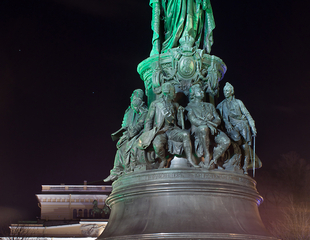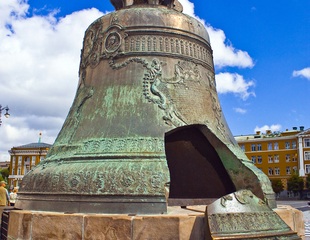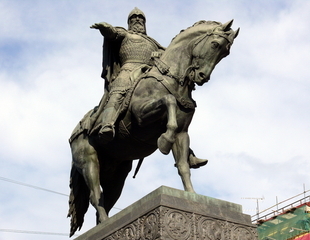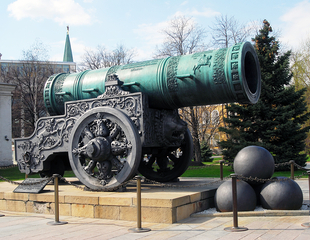The Monument to Nicholas I, located on St. Isaac's Square between the Mariinsky Palace and St. Isaac’s cathedral in St. Petersburg, was set in 1859 by the project of Auguste de Montferrand. The construction of the monument started in 1856 after the emperor's death, and the monument was opened on June 25 (July 7), 1859. The monument is a 6-foot equestrian statue of Nicholas I (architect P. Klodt), standing on a pedestal. The emperor is depicted in the dress uniform of the Life Guards Regiment. Four bas-reliefs (three of them are made by N. Romazanov, one — by R. Salzmann) are placed on a pedestal, telling about the iconic events of the reign of Nicholas I: the Decembrist Revolt in 1825, the Cholera Riots in 1831 at the Sennaya Square, rewarding of M.Speransky, who collected and published The Code of Laws of the Russian Empire in 1832; the opening by Emperor of the Verebinsky Bridge of the St. Petersburg-Moscow railway in 1851.
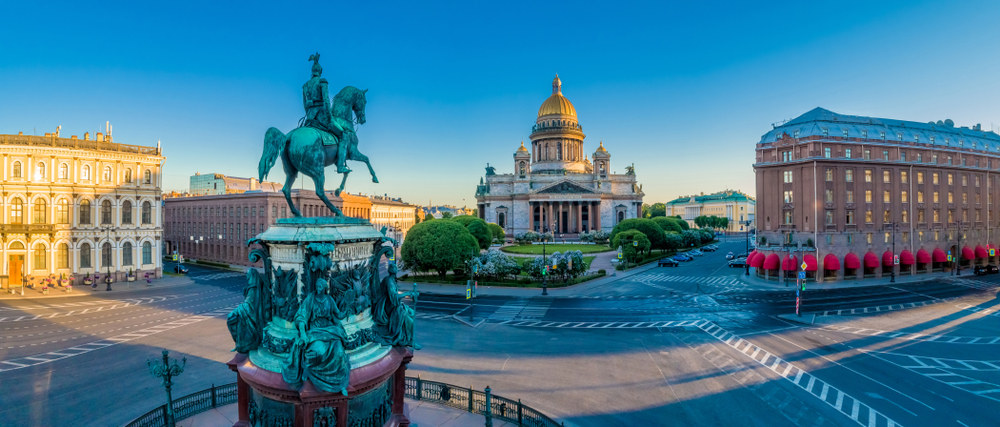
The pedestal of the monument by Auguste Montferrand has an elliptical shape and is made of red Finnish granite, dark crimson porphyry, and white Italian marble. The base is made of gray granite of Serdobol. The pedestal of the monument is decorated with four allegorical female figures personifying the «Strength», «Wisdom», «Justice» and «Faith.» The figures' heads are portraits of Empress Alexandra Feodorovna and daughters of Nicholas I — Maria, Alexandra, and Olga. Between the first two statues, there is a bronze gilded national emblem, under which there is the inscription: «To Nicholas I — Emperor of Russia. 1859.» The monument was considered a technical marvel for its time: it was the first equestrian statue in Europe, placed on two points of support (hind legs of the horse). In the 1860s, between the monument to Nicholas I and St. Isaac's Cathedral was laid out in a public garden. Nowadays the Isaac's Square is one of the most beautiful places in St. Petersburg.



